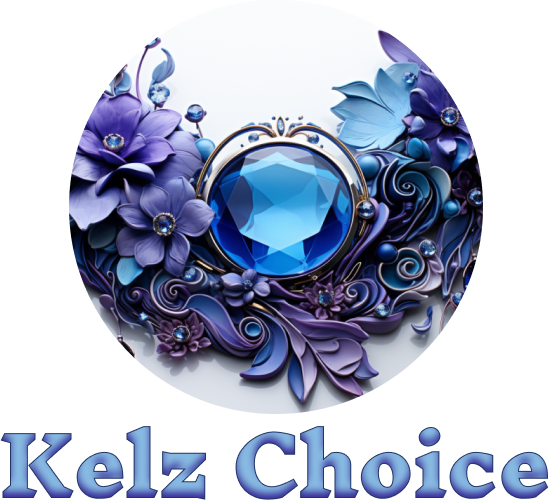


FLASHBACK FASHION
Counterculture is how each generation defies the norms of society. It challenges mainstream culture and pushes for more modern views on a wide spectrum of topics, reshaping many aspects of life including social norms, cultural expression and fashion.
In the 1960’s, counterculture was mostly driven by political and social activism. Dr. King’s speech caught the attention of the nation, Vietnam war protests raged on and a music festival at Woodstock made history that let the country know the music mattered. Emphasis was placed on individual freedom, social justice and environmental awareness. This generation was mostly “baby boomers” and most were referred to as hippies. Fashion turned to tie-dye shirts, bell-bottoms, and non-Western culture influenced clothing.
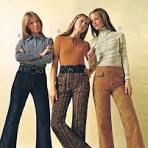
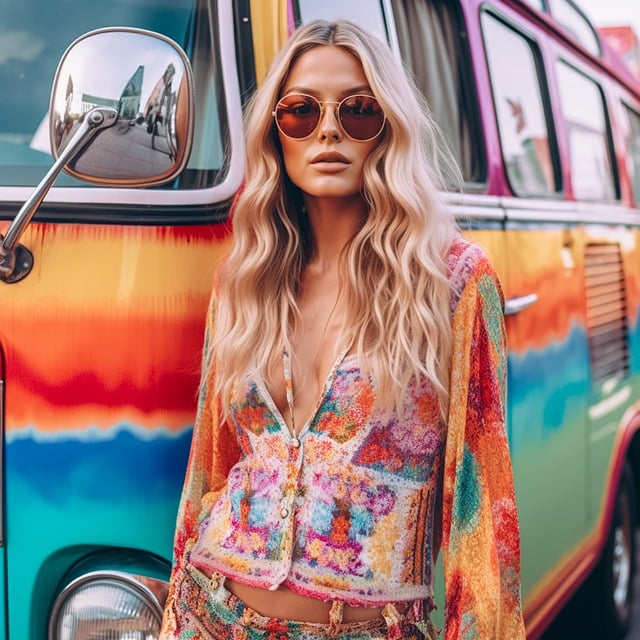
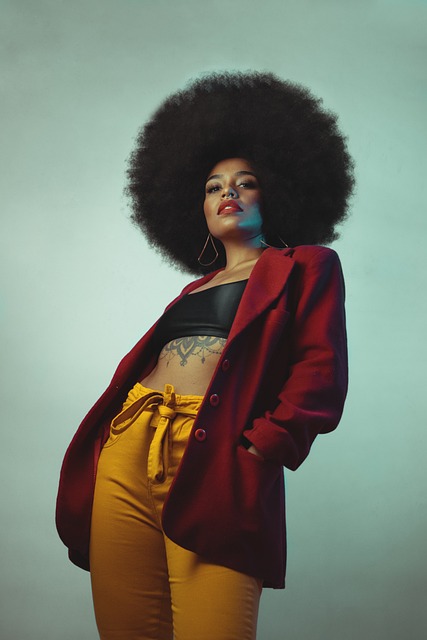
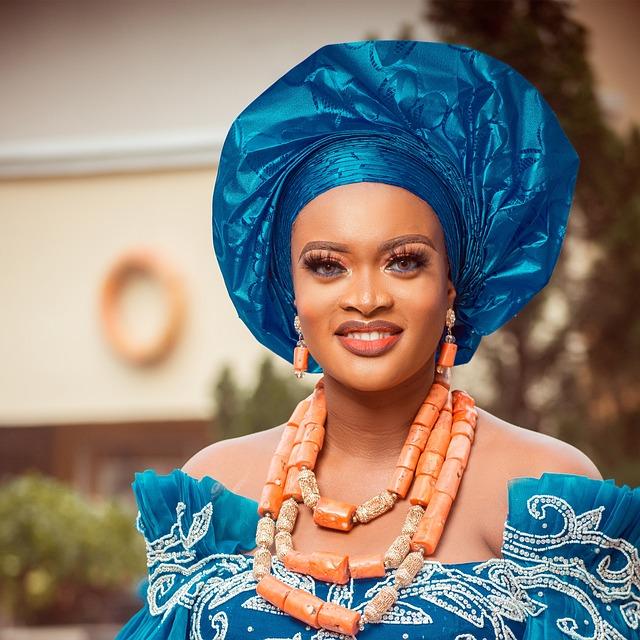
Counterculture of the 1970’s was a continuation of the sixties. There was still major opposition to the war. Development of personal computers began to influence society as well. Musical genres like punk rock and disco surfaced later in the decade. Fashion continued to reflect the hippie styles, bell-bottoms and tie-dye shirts, but the emergence of disco started transforming clothing to shiny outfits and platform shoes. Oh, and let’s not forget the infamous disco ball that emerged with it.




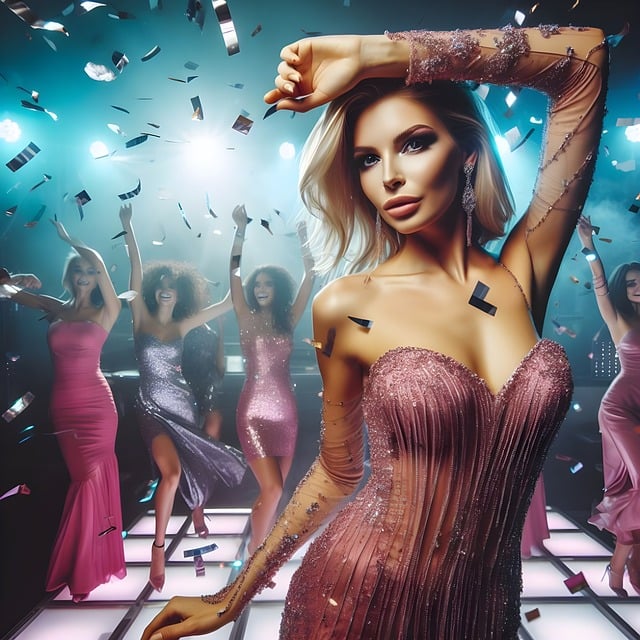
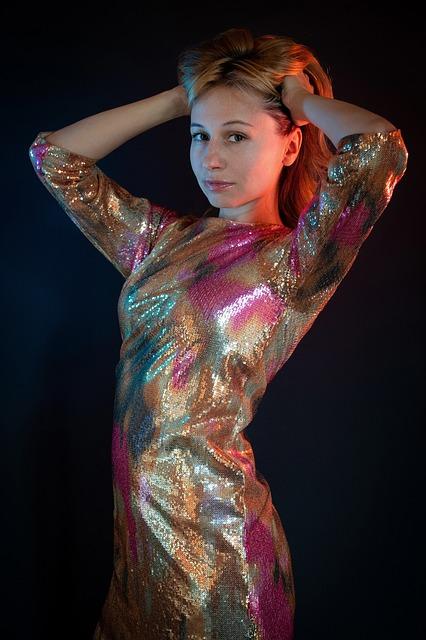
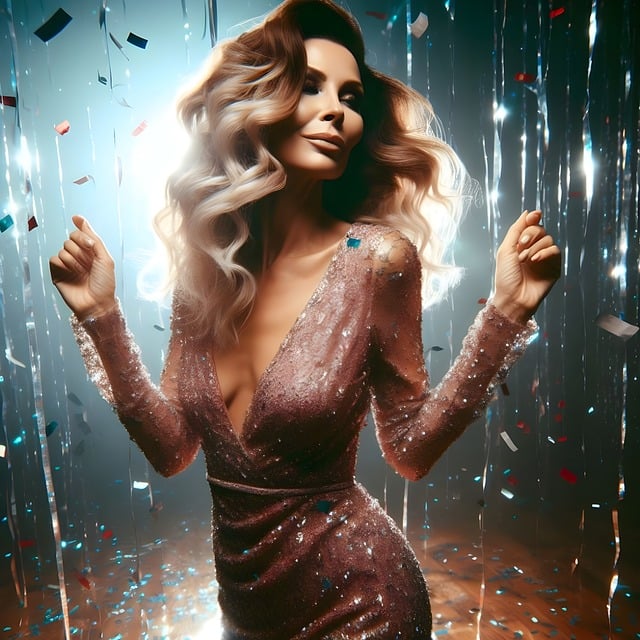
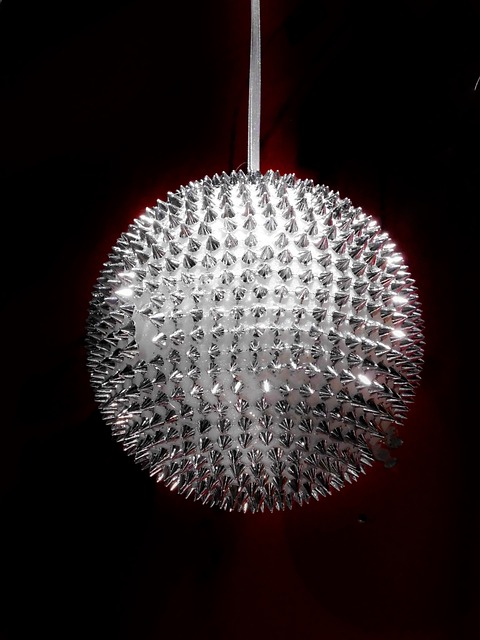
The 1980’s counterculture movement emerged in reaction to the climate of the social and political climate of the times. The green movement began focusing on issues such as environment awareness, nuclear disarmament, pollution and animal rights. Fashion was broken down in part by music genres.
Punk Rock and Hardcore Punk fashion included leather jackets, ripped jeans and Mohawk hairstyles. New wave and post-punk wore clothes that were more gender neutral, bold colors with futuristic touches. The goth subculture fashion consisted of black clothing, elaborate makeup and Victorian-like styles. Hip-Hop grew in the 80’s, bringing rap, breakdancing and DJing. Lastly, the skateboarding and surf culture gained popularity, with casual athletic wear and portrayed a laid-back, rebellious lifestyle.
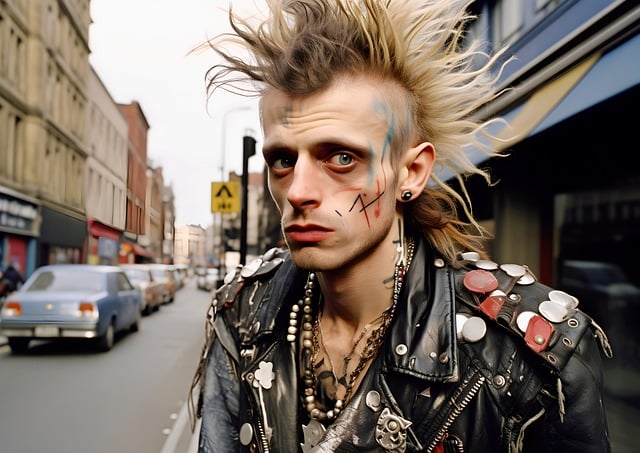
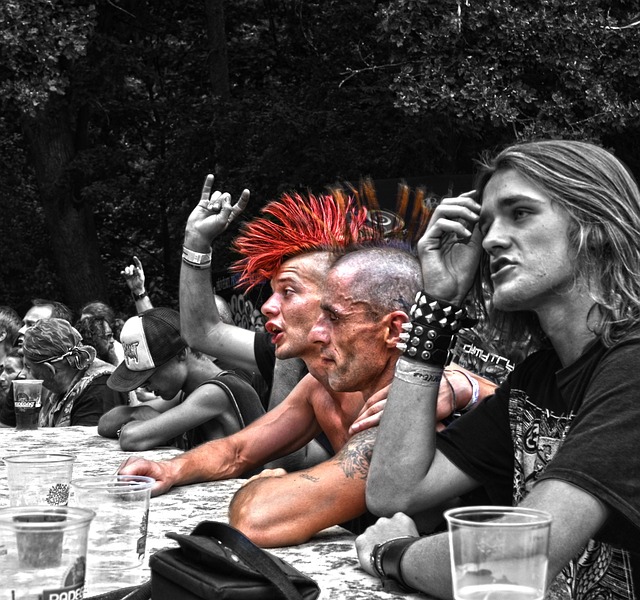
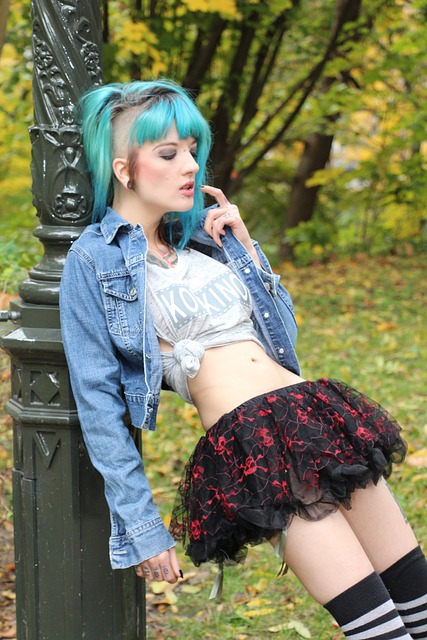
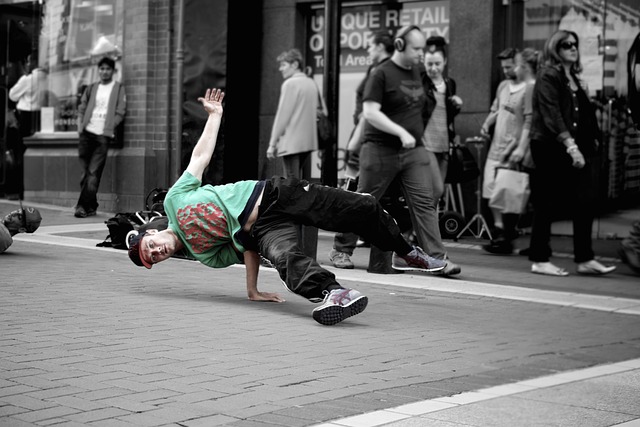
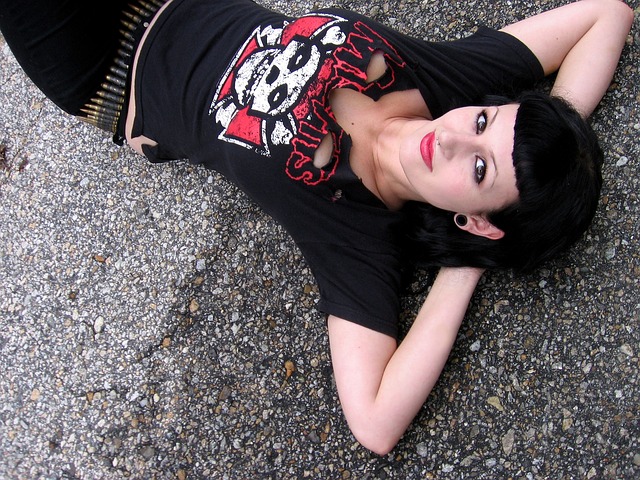
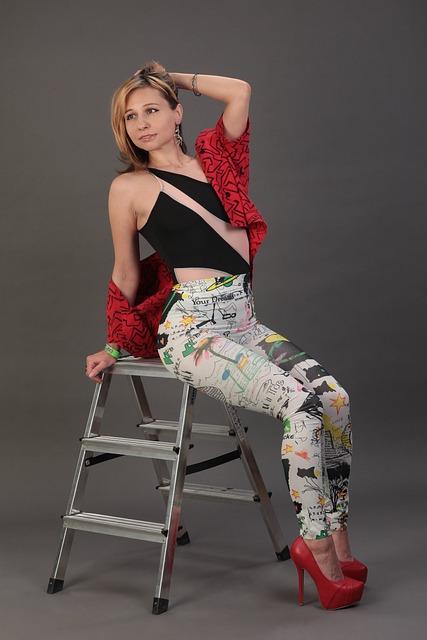
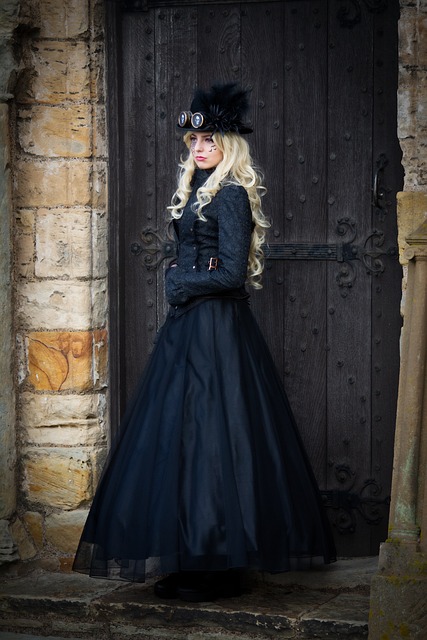
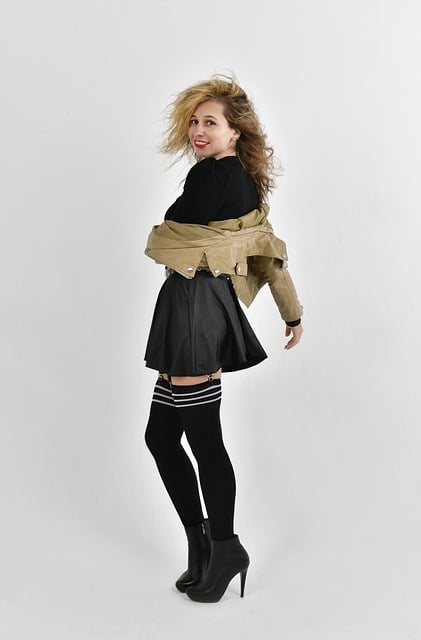
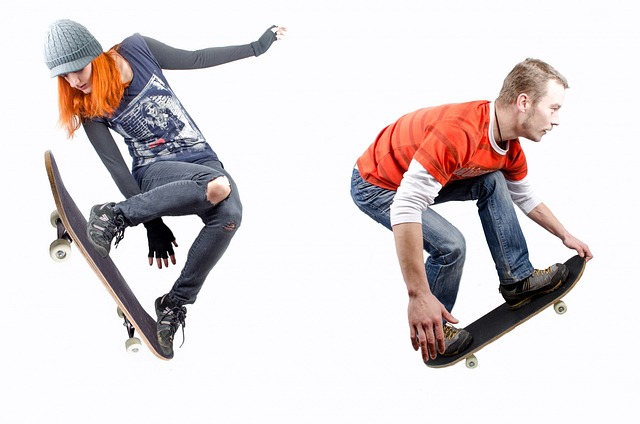
The 1990’s saw the rise of the internet, independent low-budget films, hacker culture and raves. Grunge, hip-hop and electronic dance music (EDM) were popular. Piercings and tattoos became more mainstream. Grunge, goth and skater fashions gained more popularity.
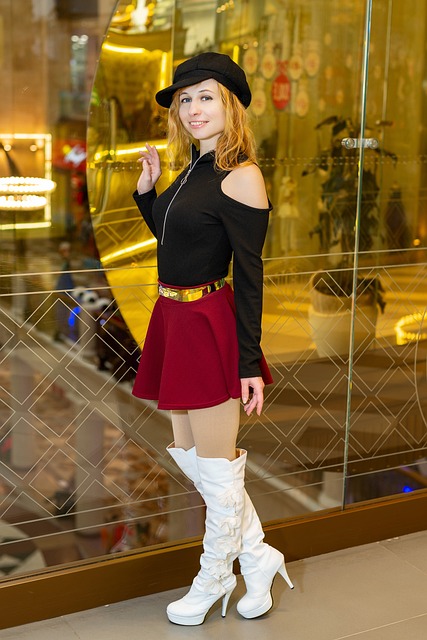
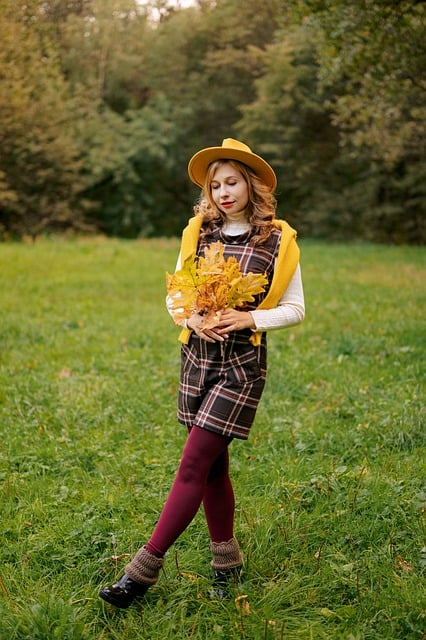
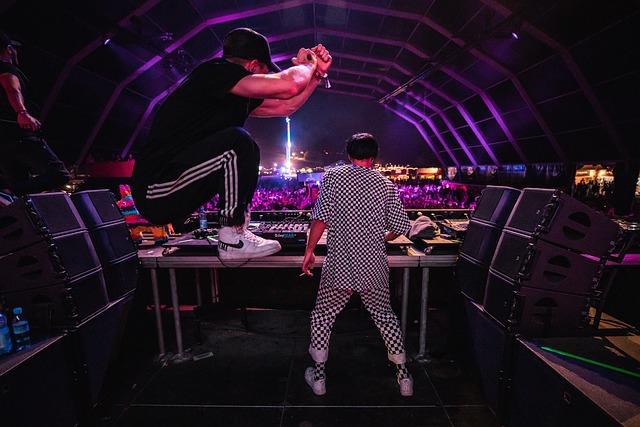
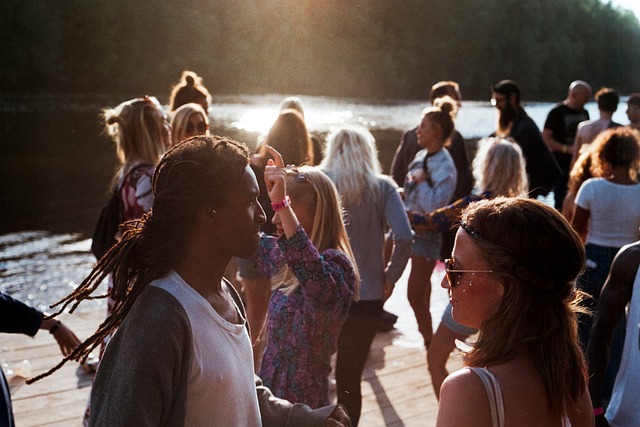
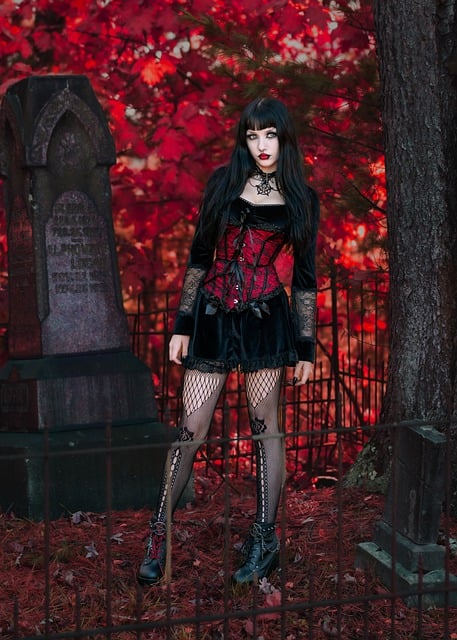
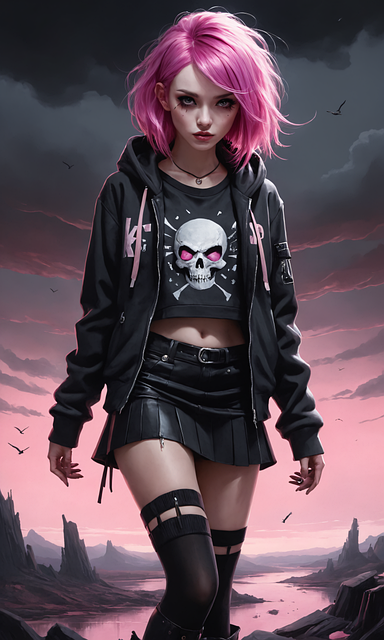
The 2000’s counterculture brought us hipsters, who leaned toward Alternative and Indie music. Social media was introduced, the Twin Towers were attacked and vegetarians became more mainstream. Hipsters turned to a more vintage fashion, felt nostalgic about past movements, while open to the future of new technology.
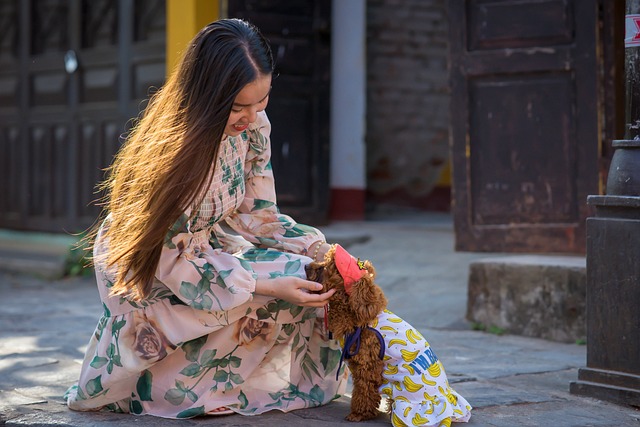
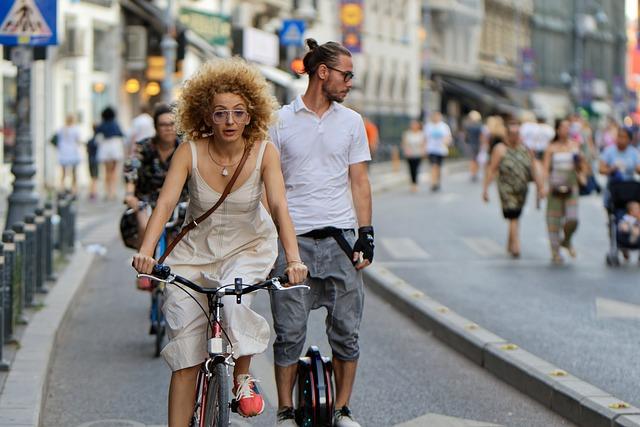
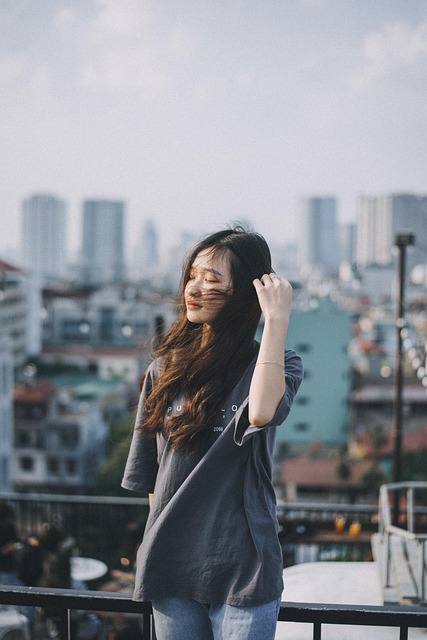
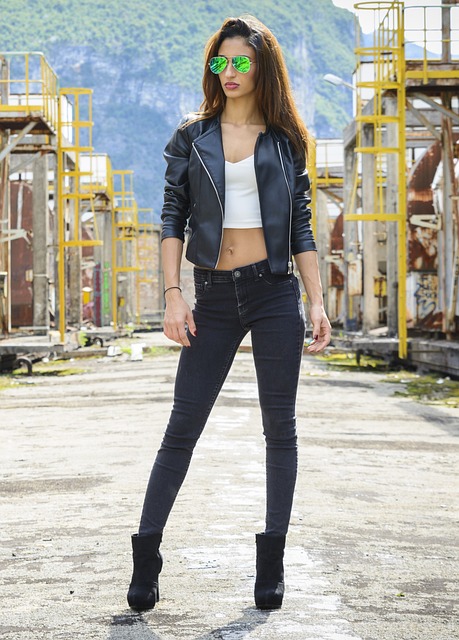
The 2010’s counterculture brought a variety of movements, digital activism, minimalism and environmentalism. Boundaries continued to be pushed in Indie rock, hip hop and electronic music. Techlash grew over Facebook, Google and Amazon. Fashion only became more comfortable clothing but there were no drastic changes from the 2000’s.
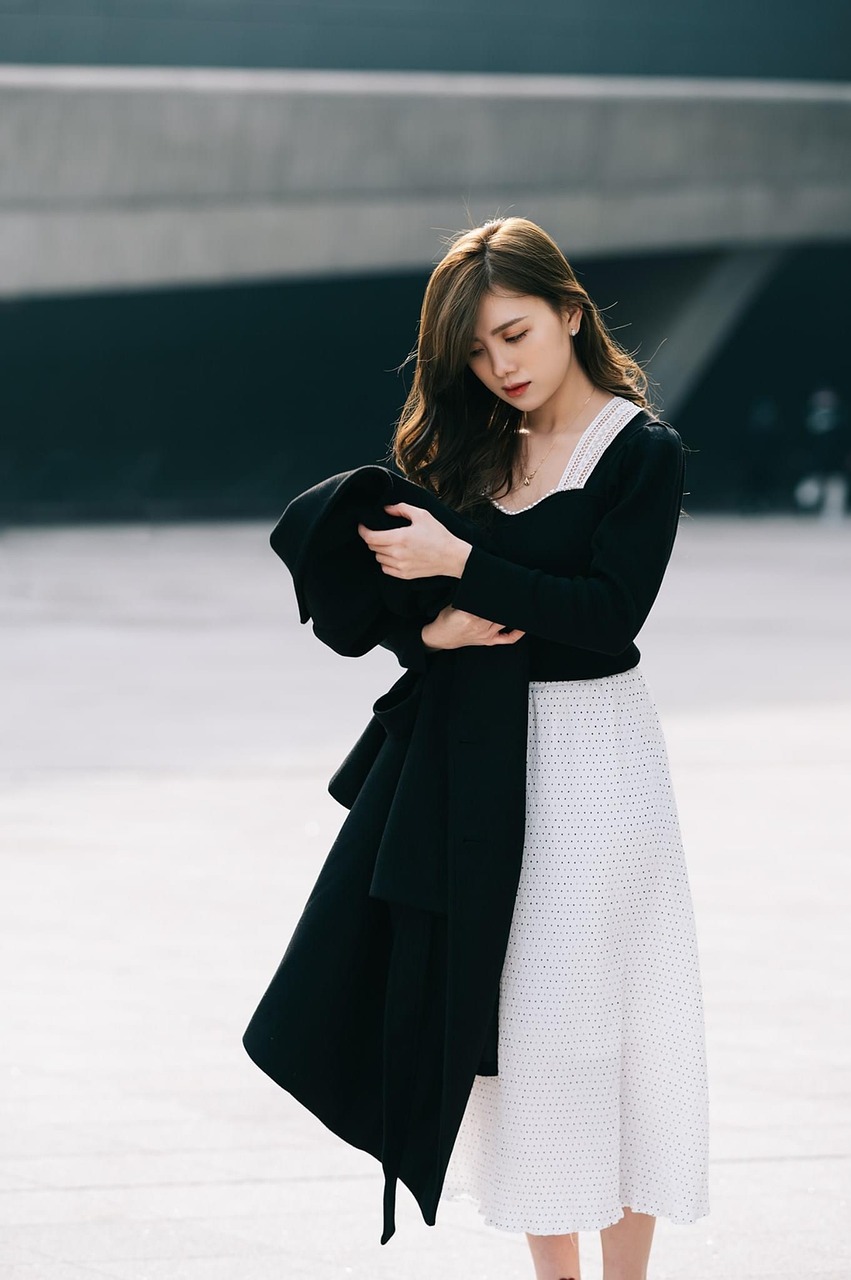
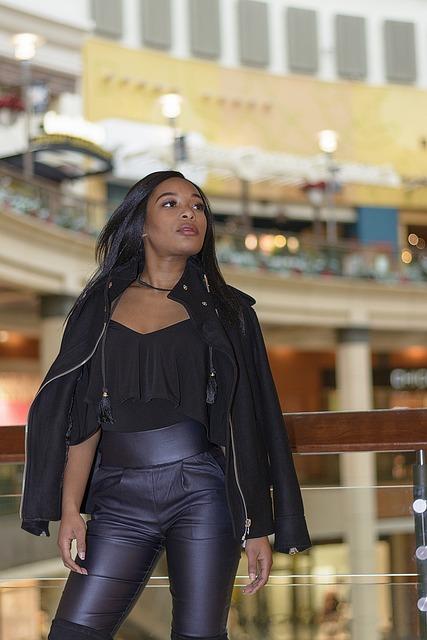
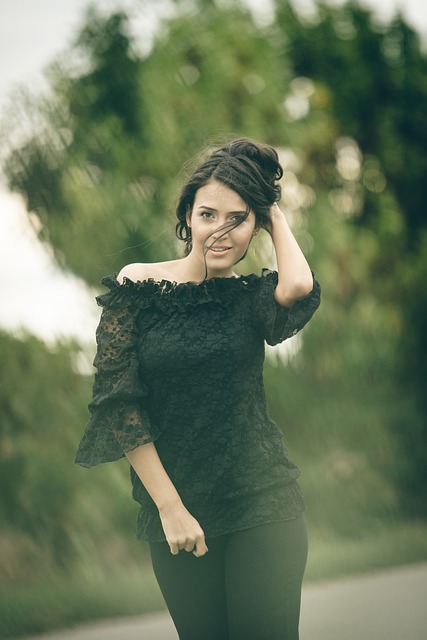
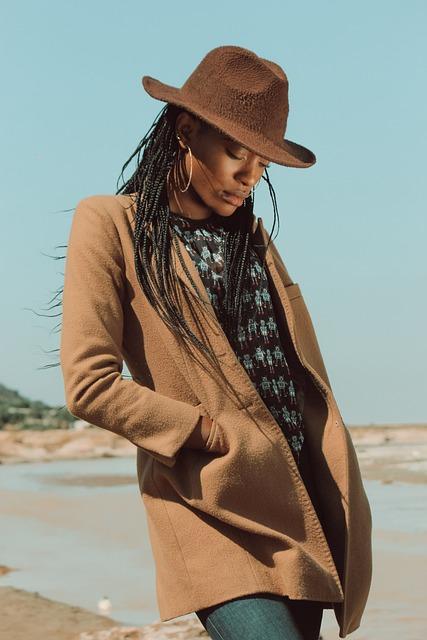
Now the 2020’s are 4 years into the decade and there’s already plenty happening. There is a push for mental health awareness, grassroots movements and war protests to name a few. Social media movements have surfaced, decentralized finance is gaining popularity and there’s a push for social justice and equality. Again, countercultural movements look for more simplicity and minimalism. Sustainable and ethical fashion is trending with a focus on second-hand clothing and slow fashion. Digital clothing has also emerged. Fashion leans toward loose-fitting, non-constricting styles and are a definite reflection of decades past. Gen Z is making a vivid fashion statement and the return to simplicity and comfort is refreshing. It reflects a lot of the 1970’s styles.
SHOP 2024 FASHION
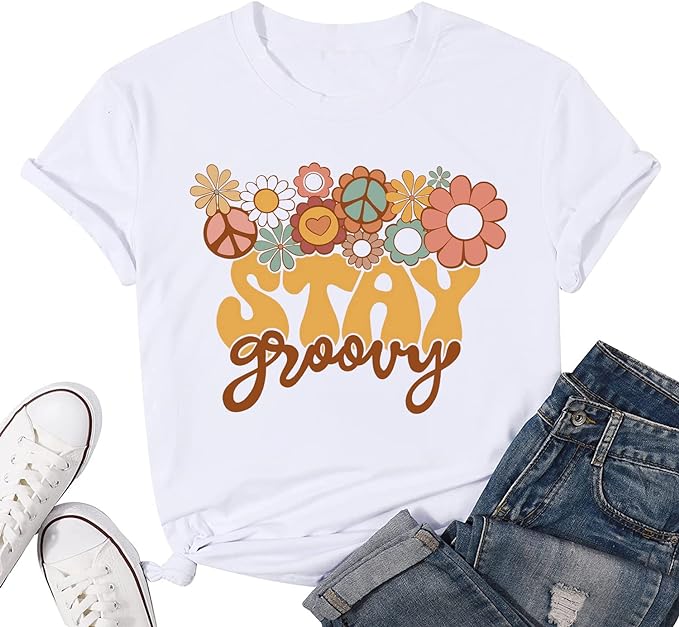
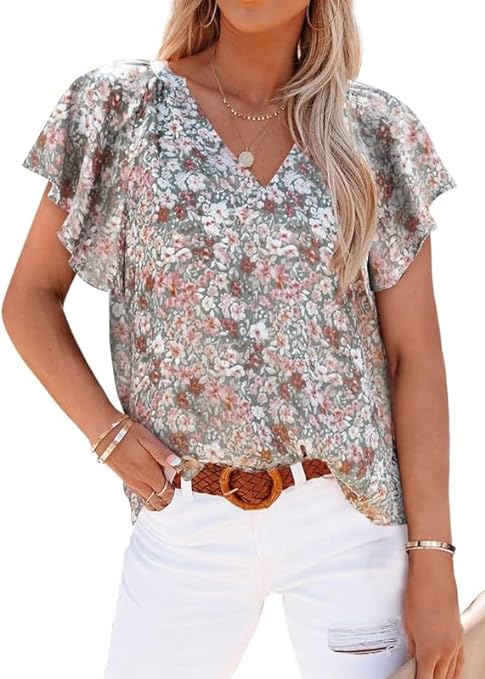
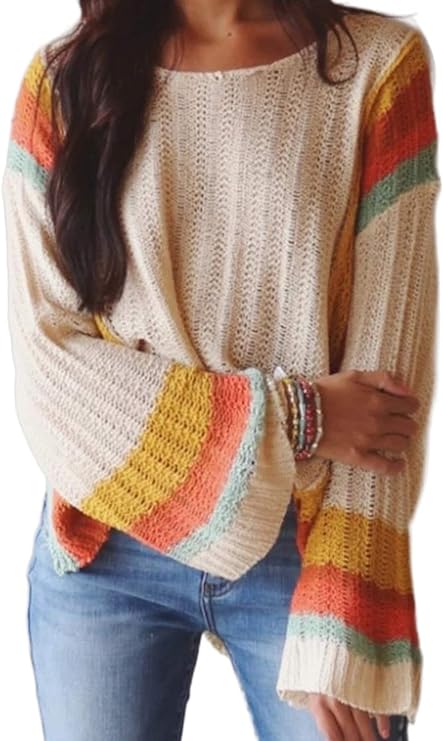
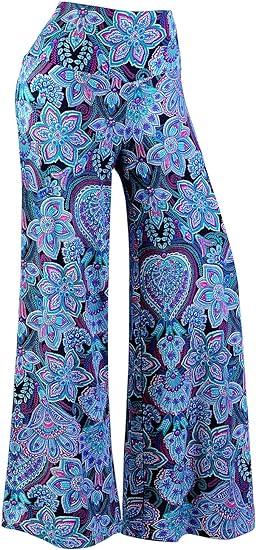

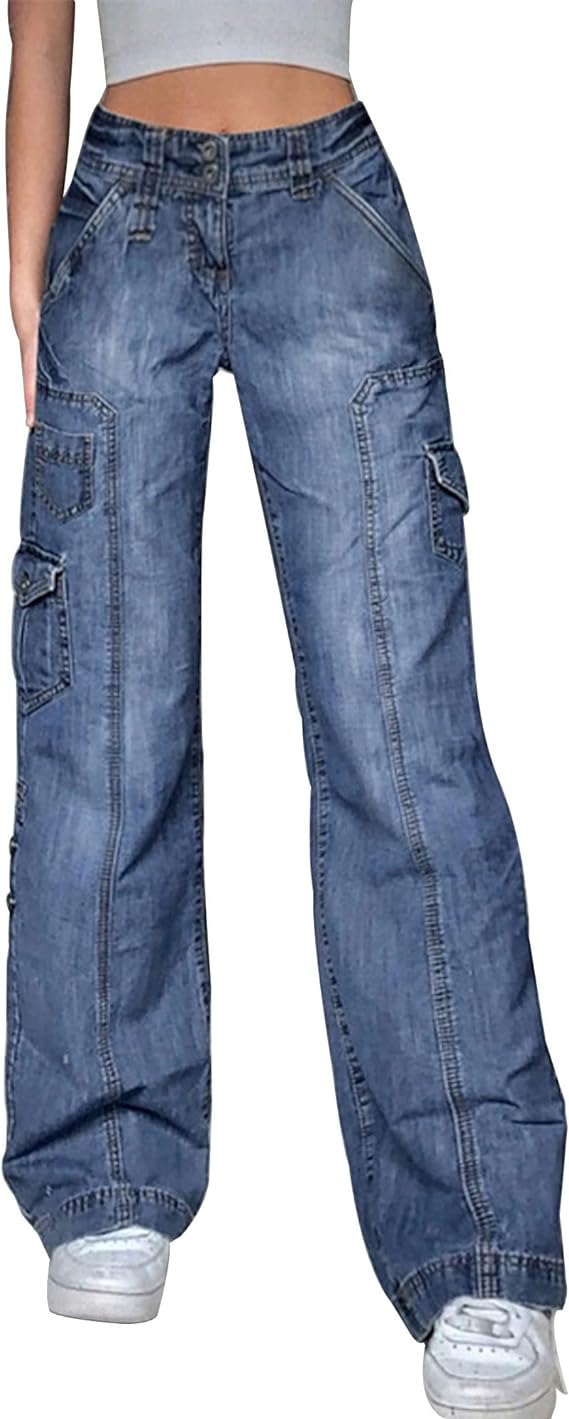
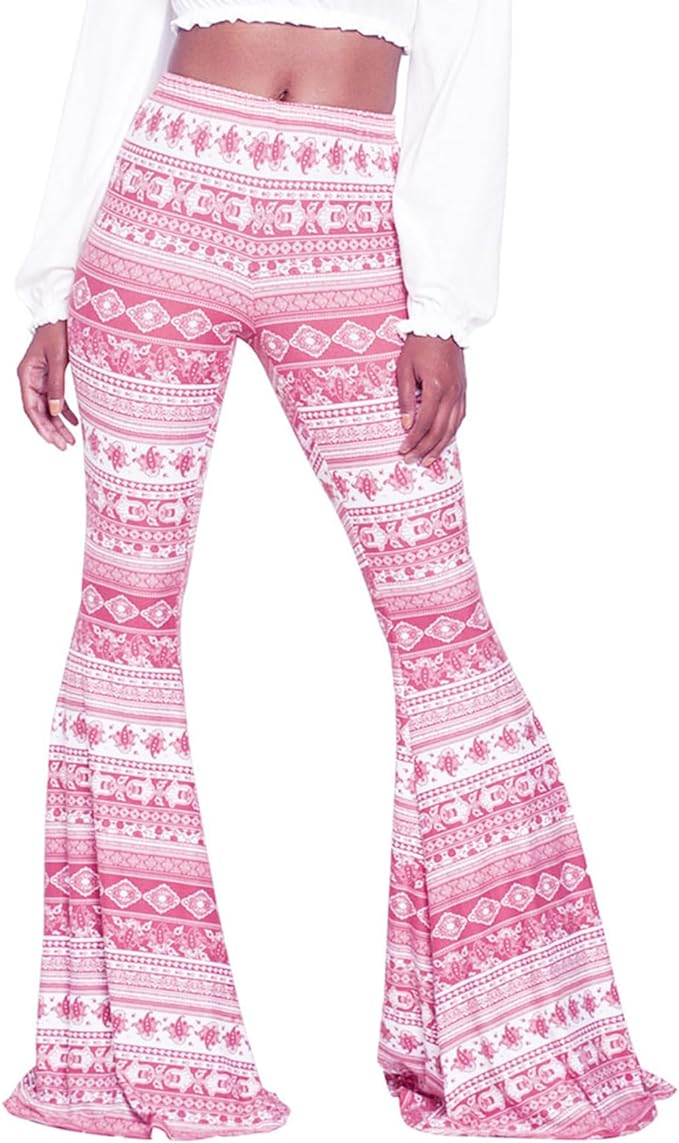
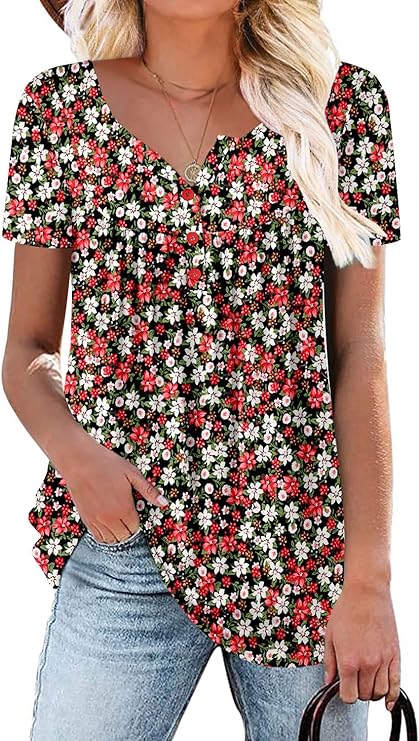
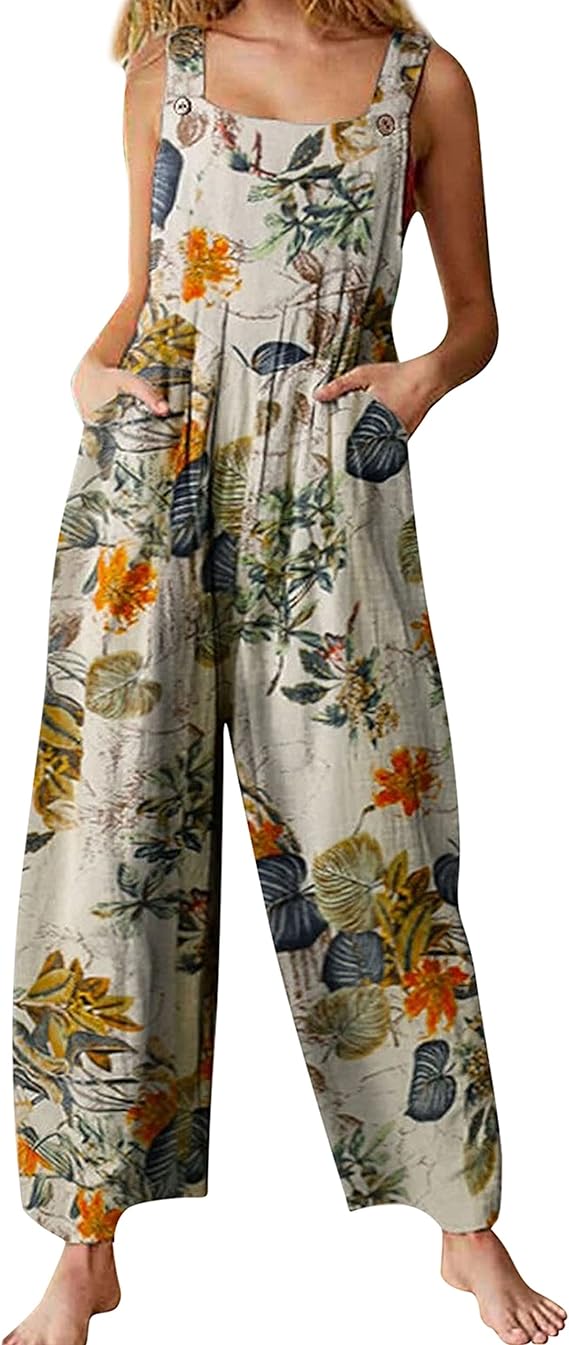
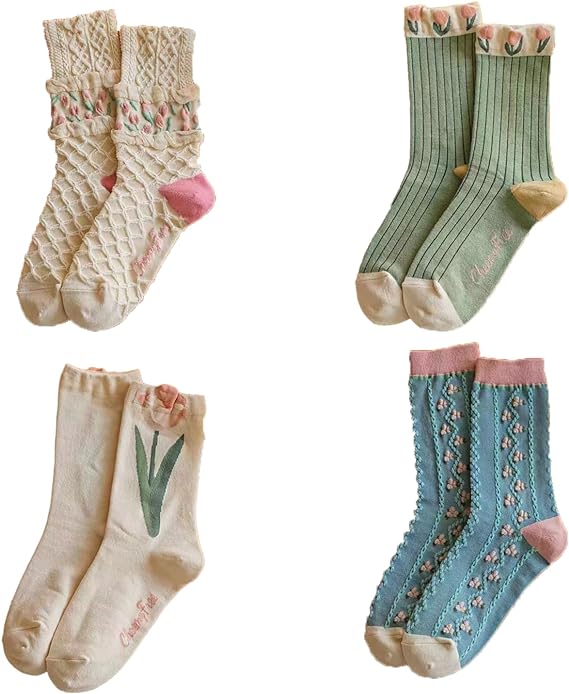
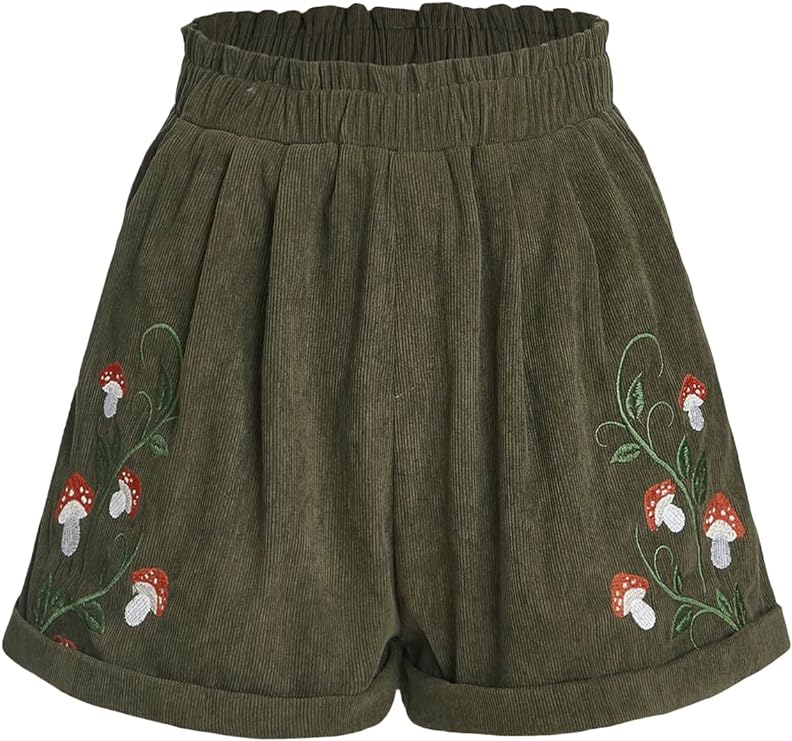
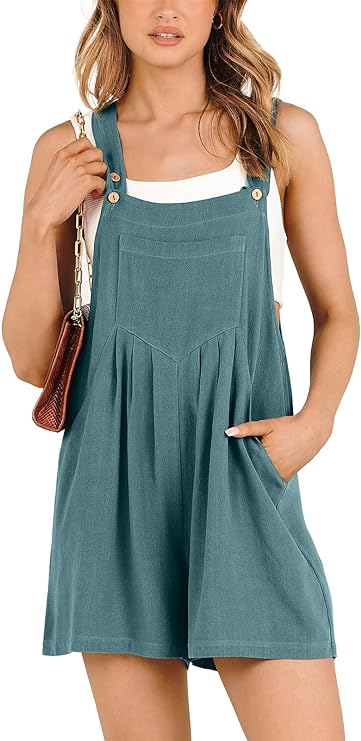
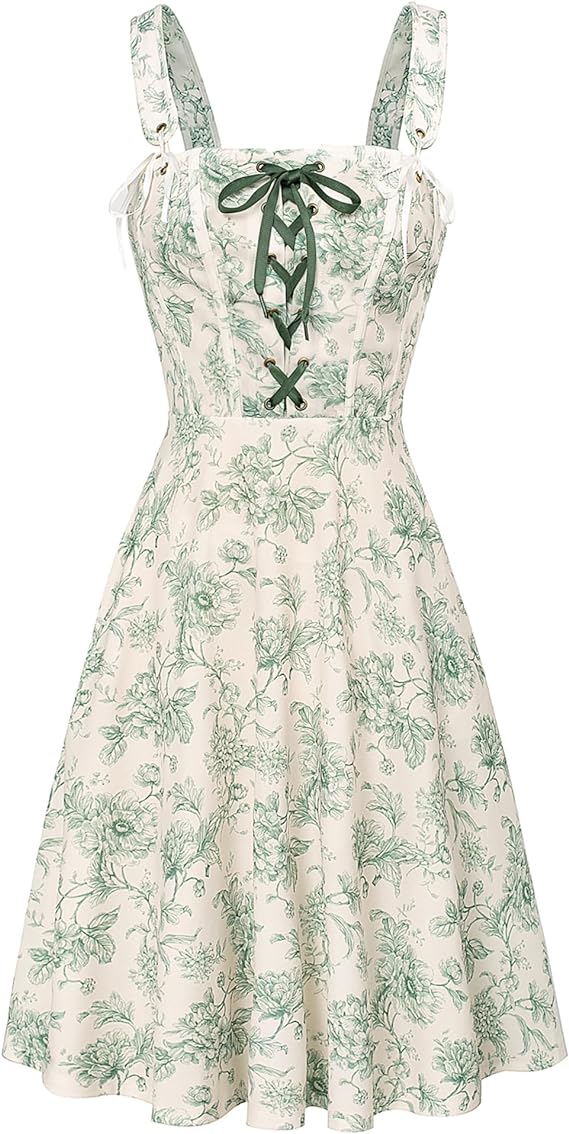
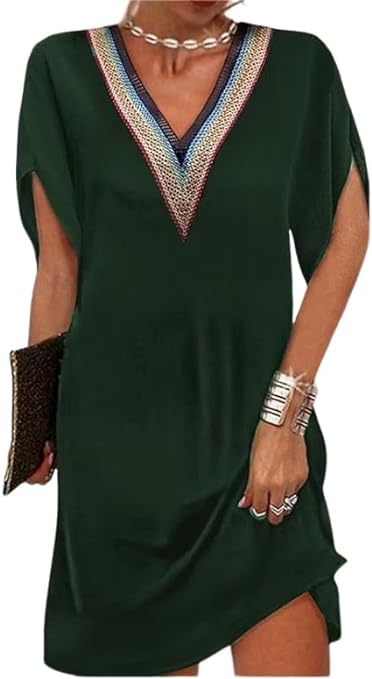
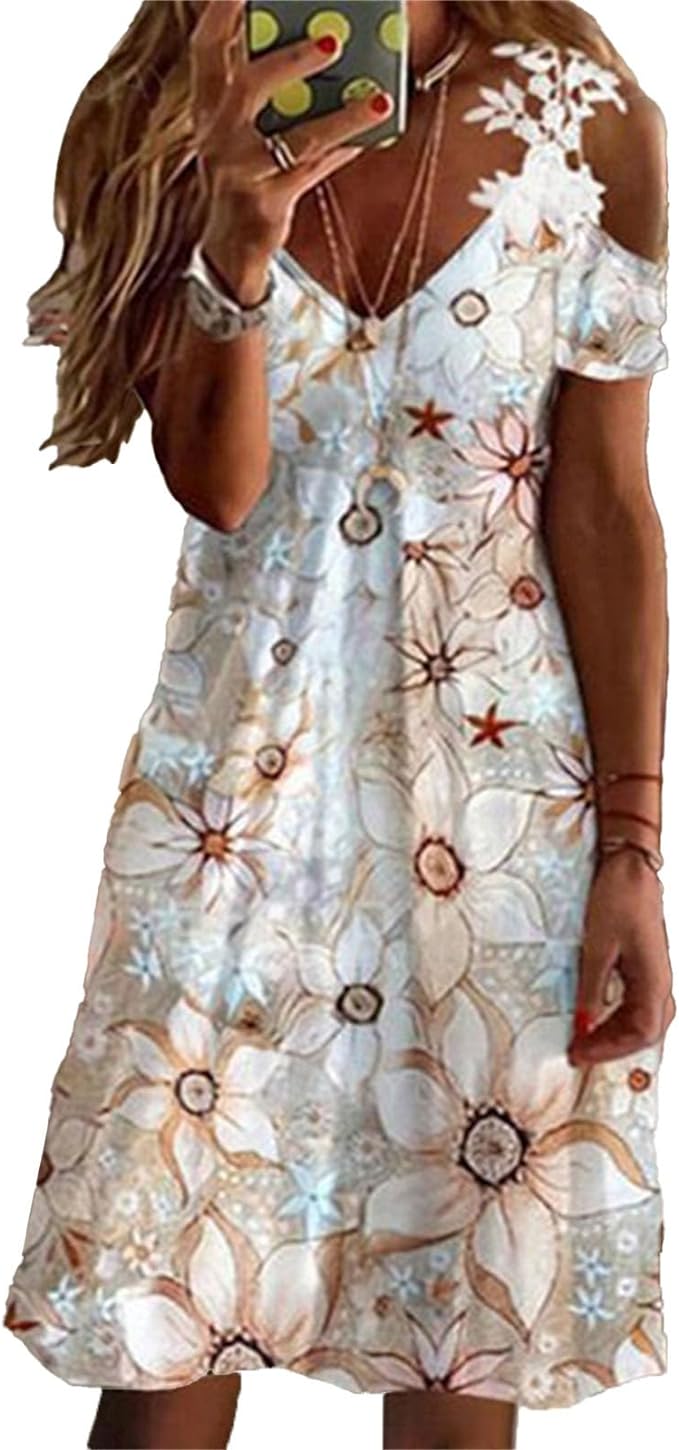
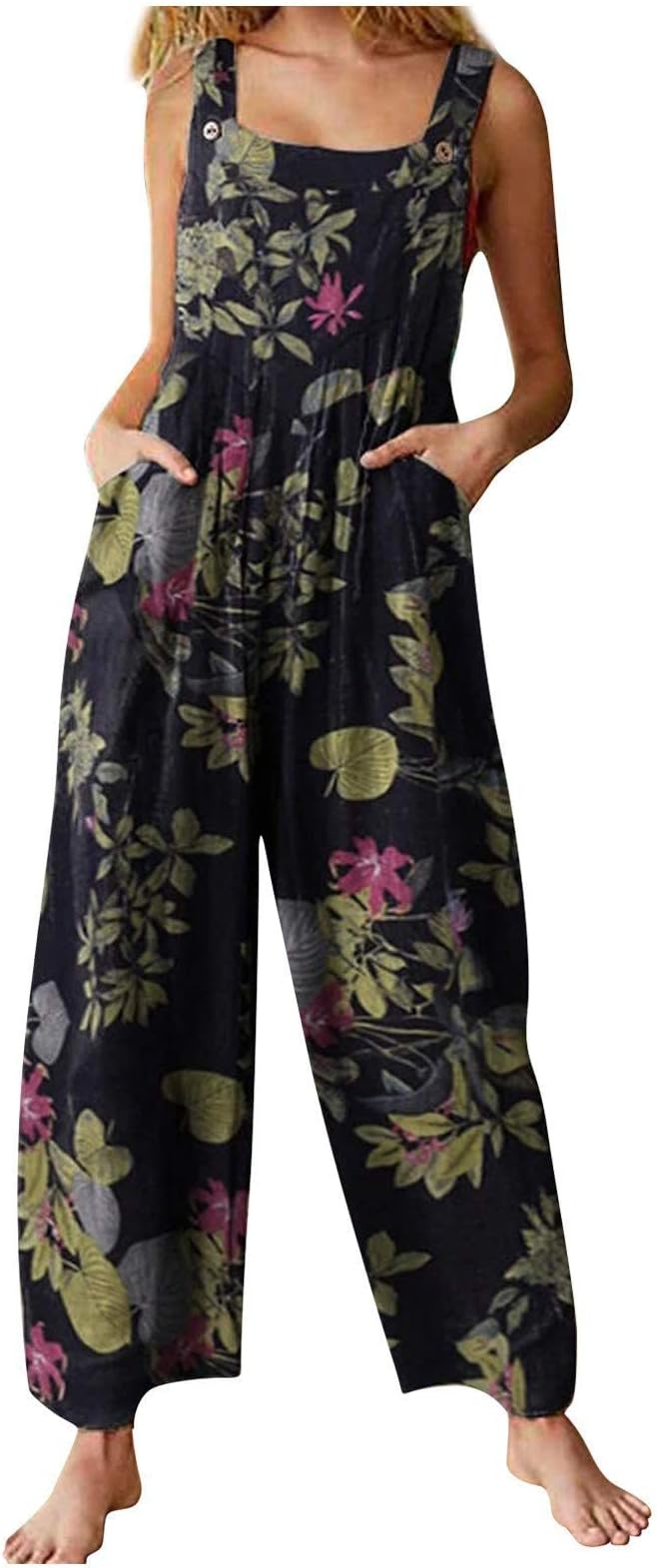
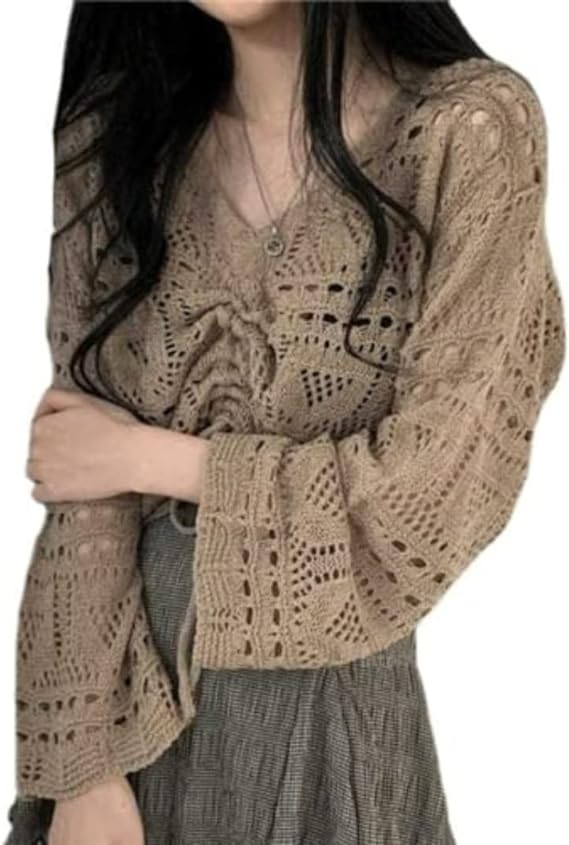

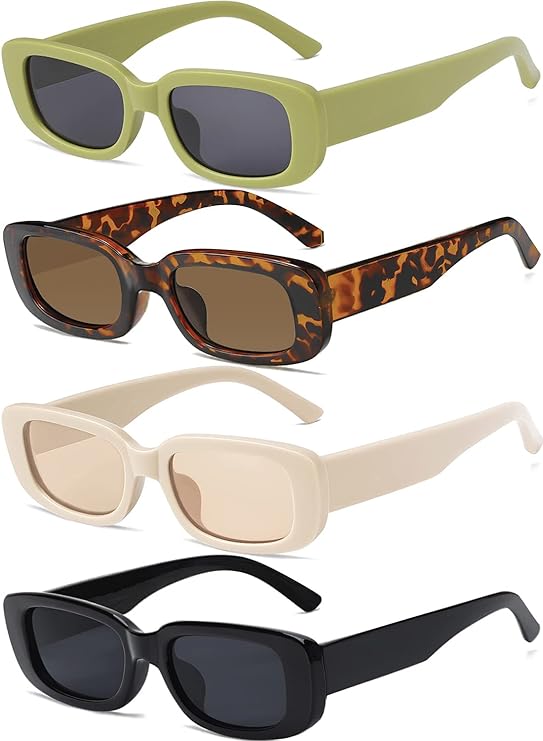
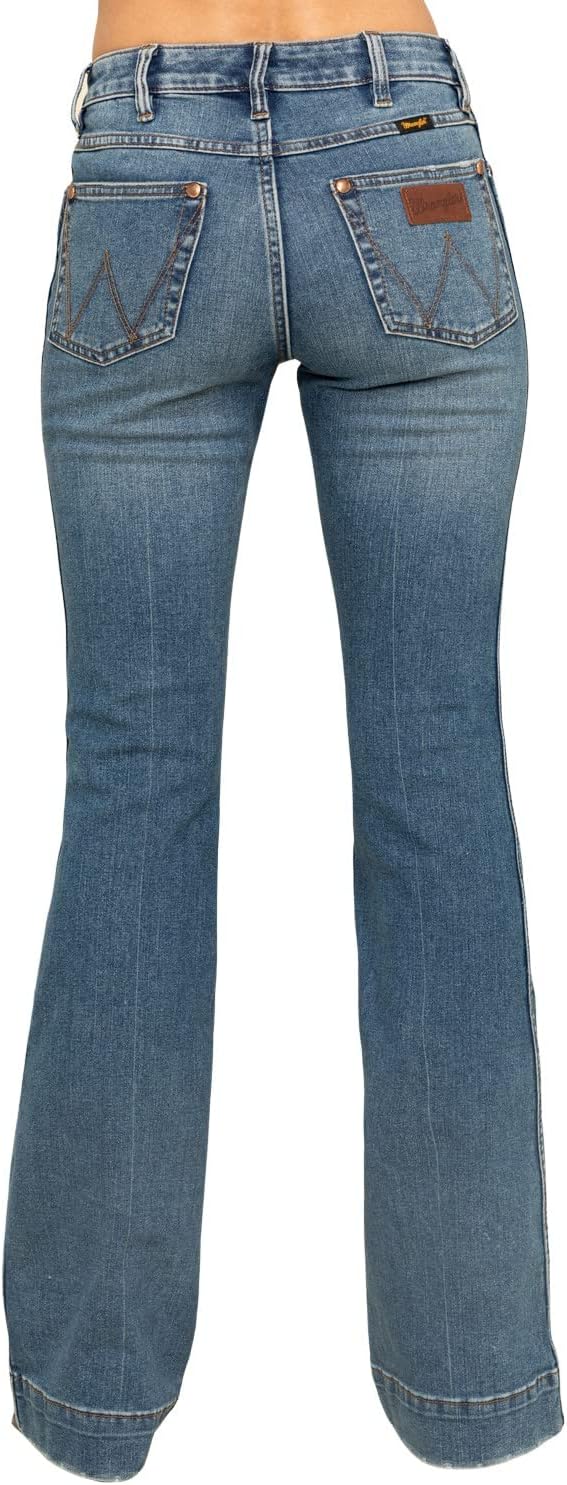
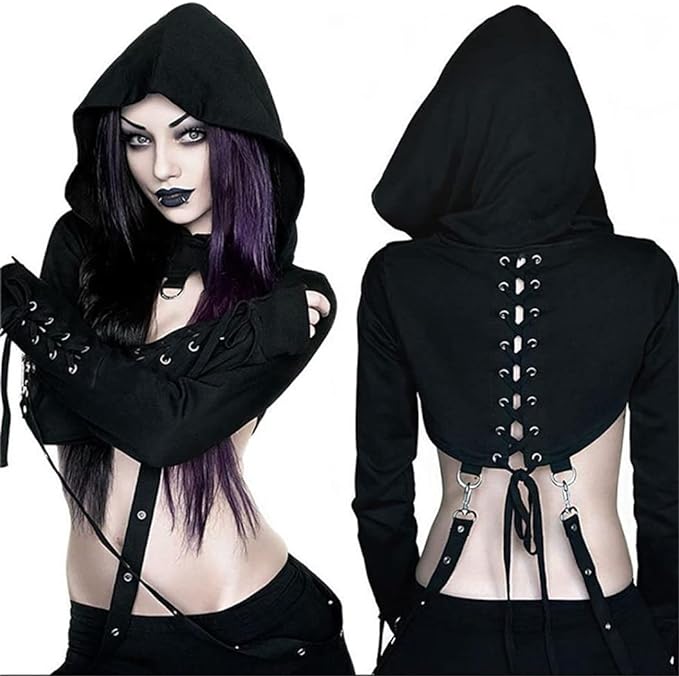
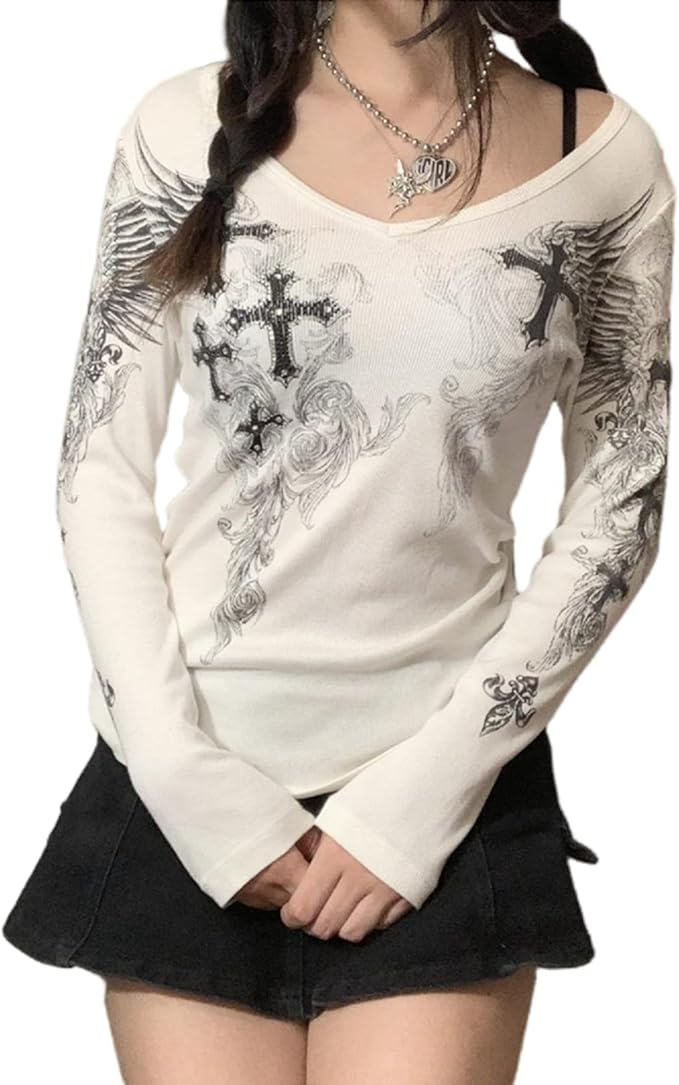
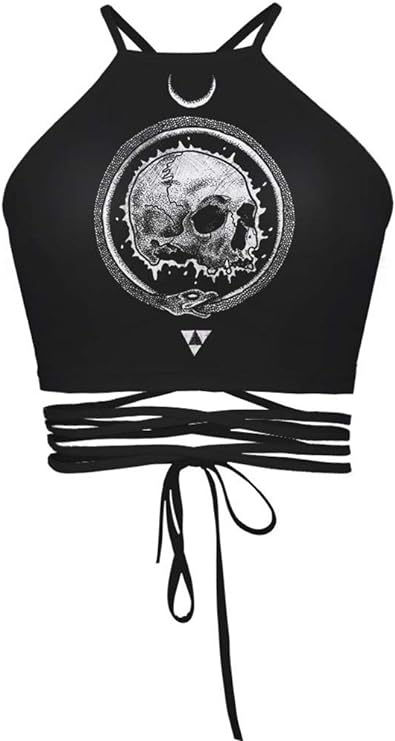
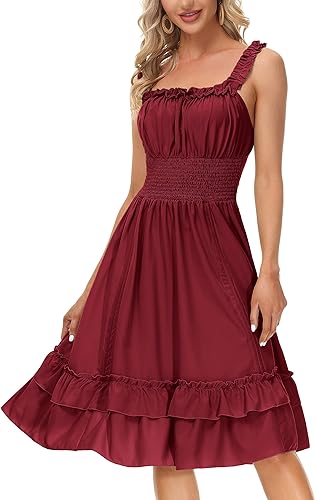
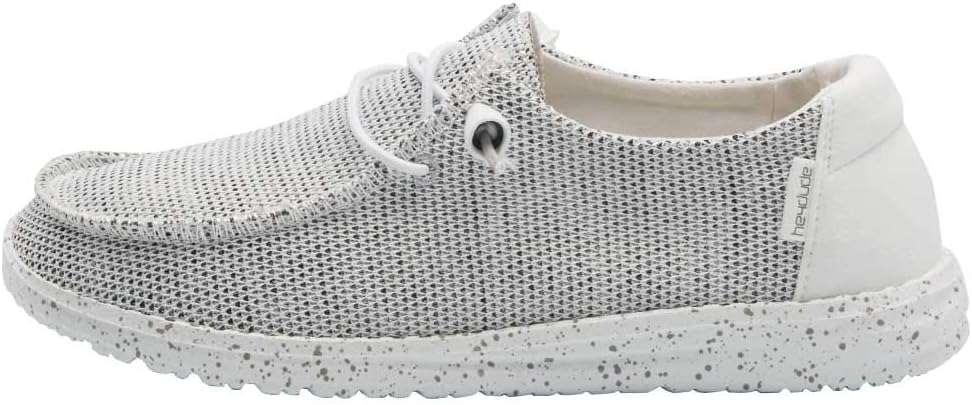
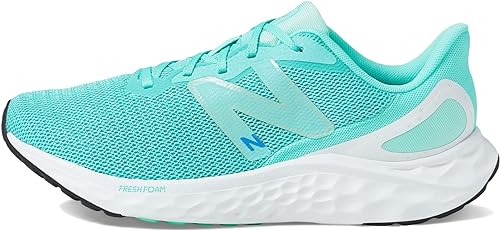
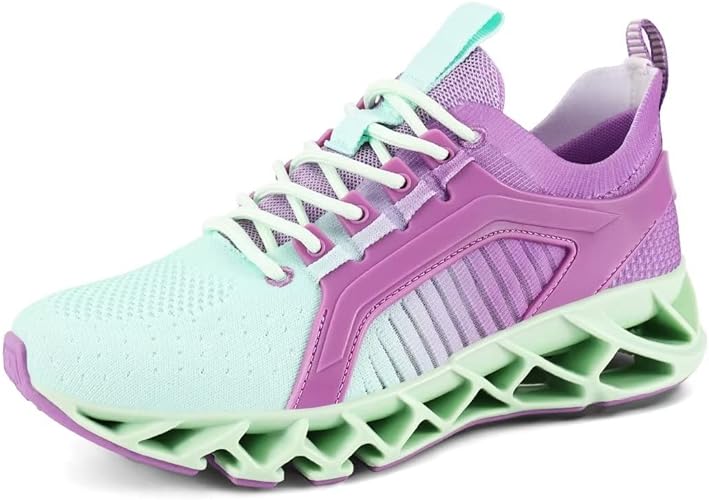
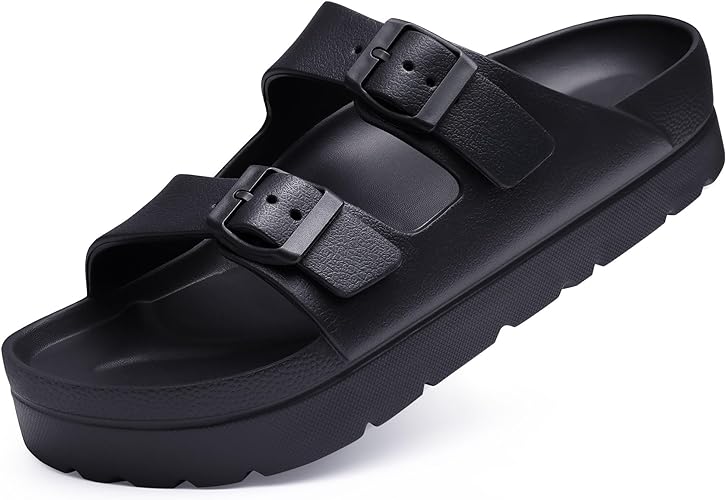
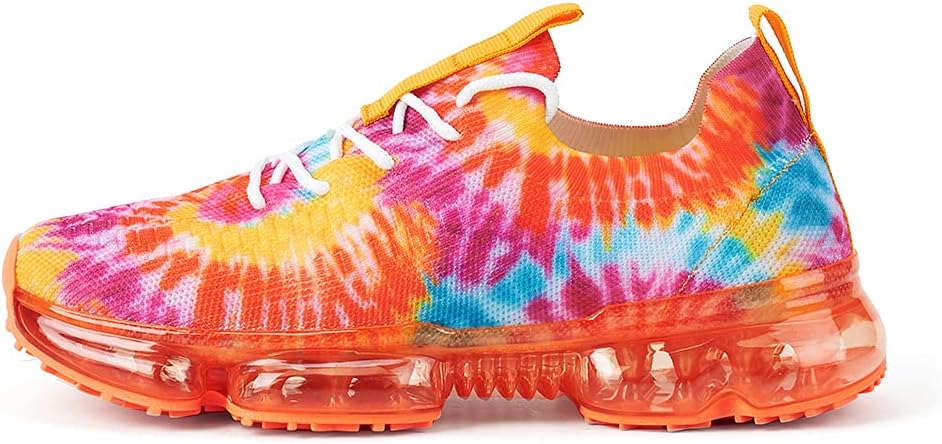
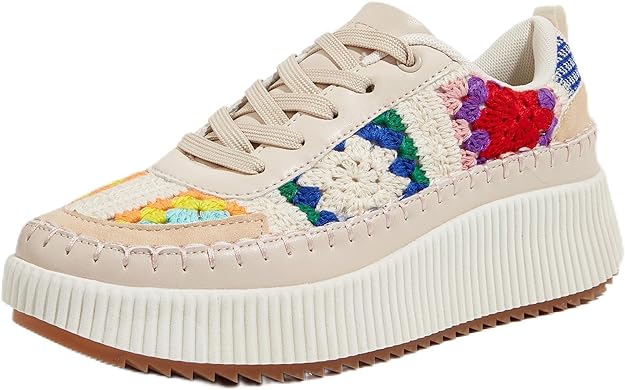
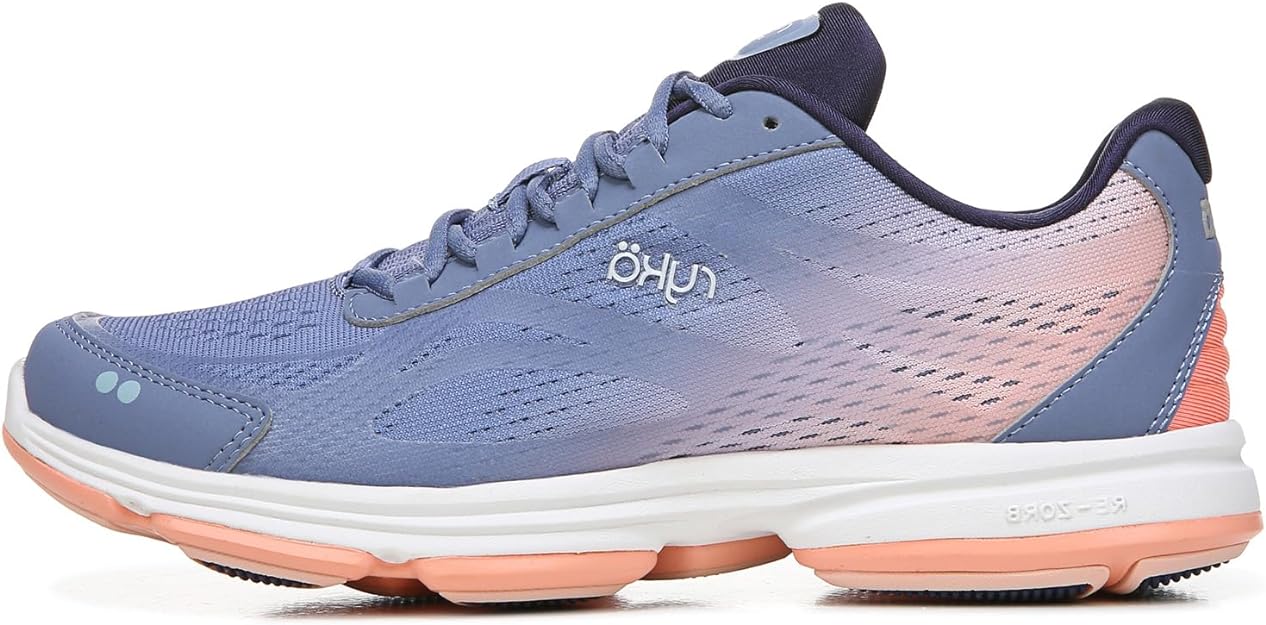
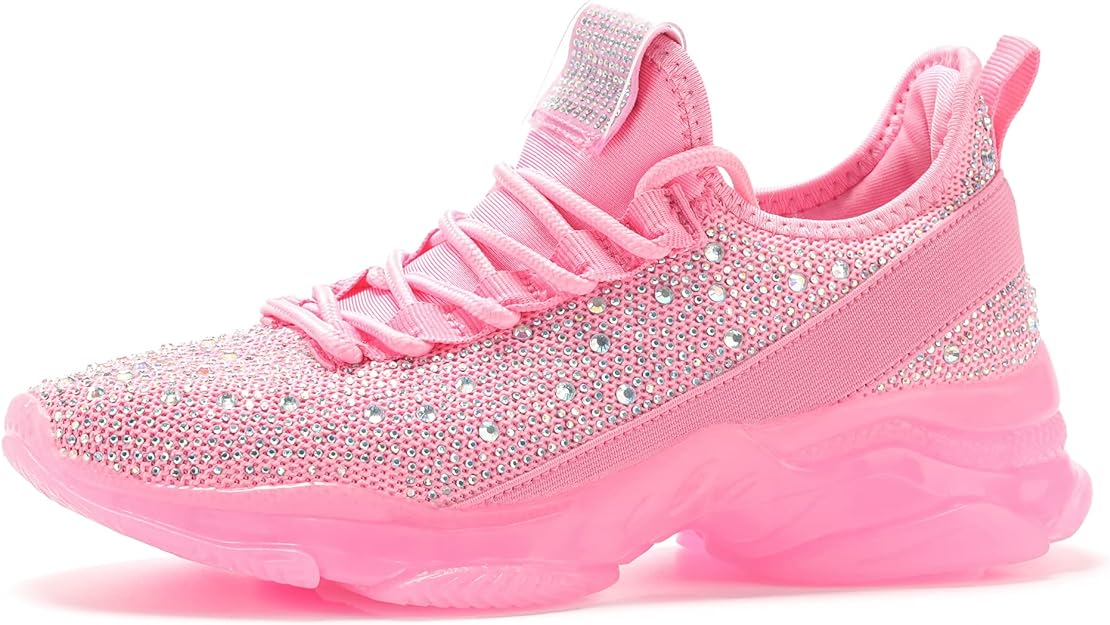
While every generation of counterculture produces their own sense of style, some generations had a much more profound and lasting effect on the fashion industry. Gen Z’s nostalgic tastes reflect the ‘60’s and ‘70’s (hippies era) more than anything, with splashes of the 80’s and 90’s (goth and grunge eras). In my opinion, they have taken the best of each decade, mixed it all together with the latest technology and made it their own. Gen Z, thanks for the nostalgic flashback, I loved the ‘70’s.
